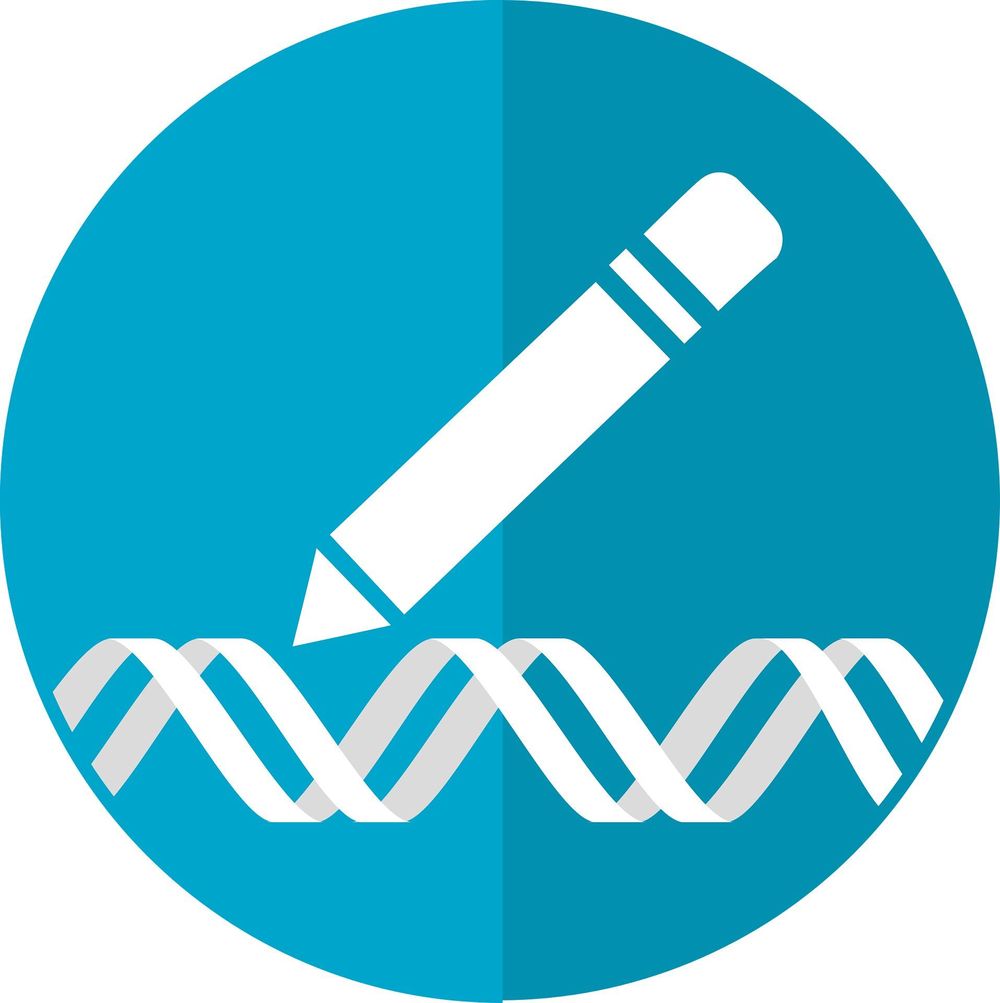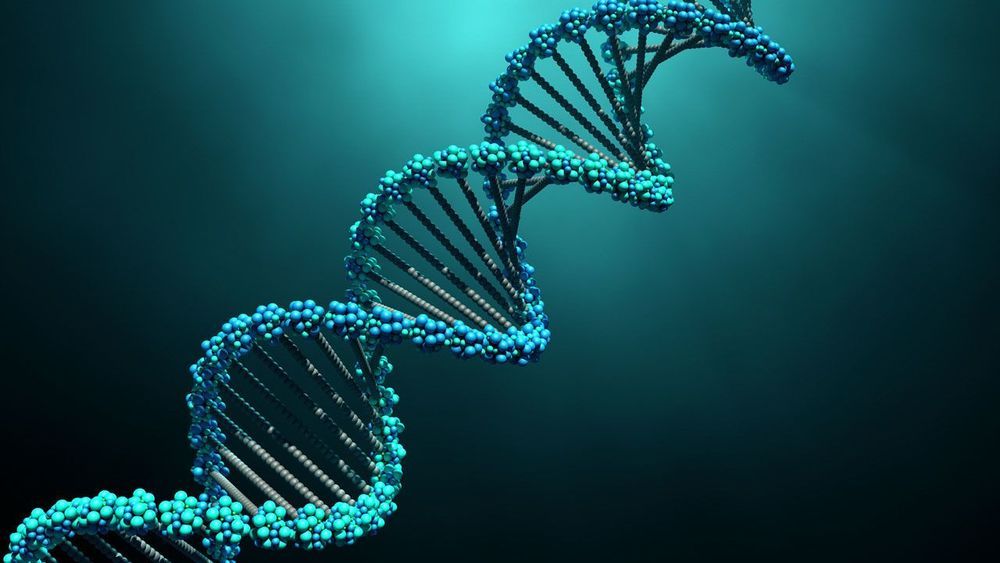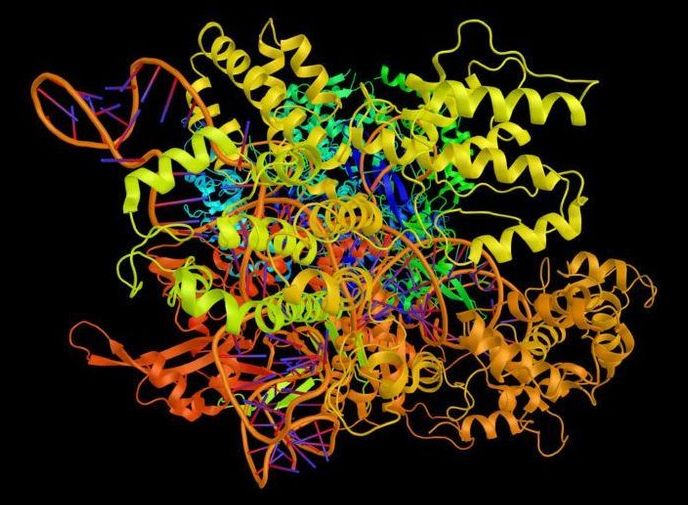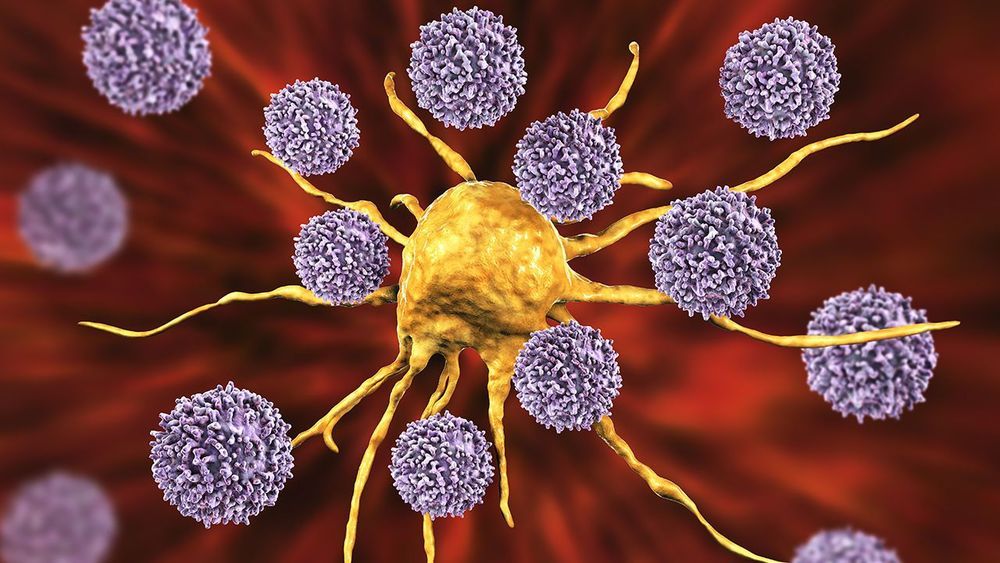Abstract: We know that creatures like us have two separate systems for processing information, the genome and the brain. We know that the genome is digital, and we can accurately transcribe our genomes onto digital machines. We cannot transcribe our brains, and the processing of information in our brains is still a great mystery. I will be talking about real brains and real people, asking a question that will have practical consequences when we are able to answer it. I am not able to answer it now. All I can do is to examine the evidence and explain why I consider it probable that the answer will be that brains are analog.
Prof Freeman Dyson | “Are Brains Analogue or Digital?” | 19th May 2014 — Dublin Institute for Advanced Studies, Statutory Public Lecture of the School of Theoretical Physics, in association with the UCD School of Physics.
*****
Dublin Institute for Advanced Studies: http://www.dias.ie
UCD School of Physics: http://www.ucd.ie/physics
UCD: http://www.ucd.ie
UCD Twitter: http://www.twitter.com/ucddublin
UCD Instagram: http://www.instagram.com/ucddublin
UCD Facebook: http://www.facebook.com/ucdlife
UCD Google+: https://plus.google.com/+universitycollegedublin







